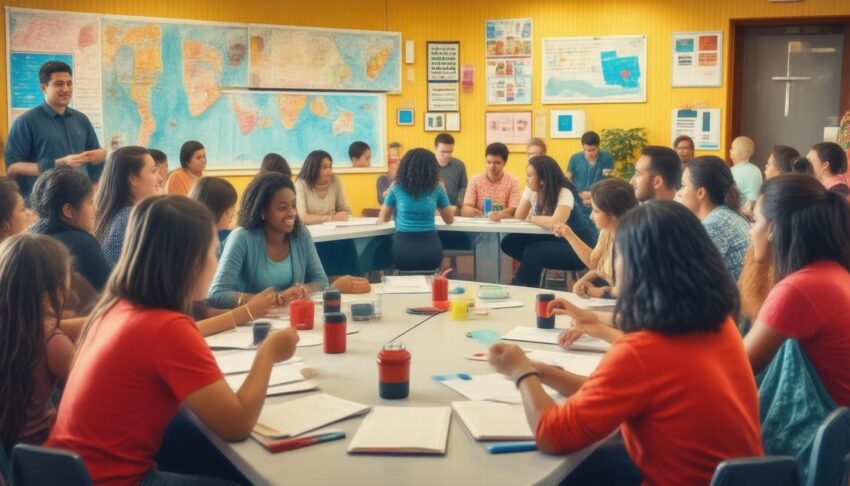In an increasingly unpredictable world, the necessity for robust emergency management planning in schools and houses of worship has never been more critical.
These establishments serve as vital pillars of our communities, providing not only education and spiritual guidance but also a safe haven during times of crisis.
This article aims to equip leaders and decision-makers in these institutions with essential planning resources and strategies to effectively manage emergencies, ensuring the safety and resilience of their communities.
By highlighting FEMA’s guide ‘Planning Considerations: Putting People First,’ we delve into a comprehensive framework that emphasizes community involvement, clear role definitions, and preparedness measures essential for fostering a proactive approach to disaster response.
Key Takeaways
- Effective emergency planning is crucial for schools and houses of worship to manage crises.
- FEMA’s guide offers essential insights and tools to help local officials integrate community needs into disaster planning.
- A six-step planning process can enhance preparedness and facilitate recovery in post-disaster scenarios.
Understanding the Importance of Emergency Planning in Communities
In today’s world, the significance of emergency planning in communities cannot be overstated.
With the unpredictable nature of disasters, whether they be natural or man-made, having a comprehensive plan in place is crucial for mitigating risks and ensuring safety.
One critical aspect of emergency management revolves around entities that serve the public, such as houses of worship and schools.
These institutions not only require tailored planning strategies but also play a pivotal role in community outreach and resilience.
The Federal Emergency Management Agency (FEMA) recognizes this necessity, as evidenced by their resource ‘Planning Considerations: Putting People First.’ This guide provides essential insights for emergency managers on how to effectively incorporate community needs into their strategies, ultimately facilitating smoother pre-disaster recovery and engaging residents in planning efforts.
Central to this guide is a six-step planning process that delineates the responsibilities of local officials at various stages of a disaster—from preparation to recovery—ensuring that all stakeholders are aware of their roles.
Furthermore, it emphasizes the importance of climate adaptation resources, preparing communities not just for current challenges but for future adversities as well.
To support these initiatives, FEMA also provides downloadable materials, including quick reference guides and informative videos, enhancing understanding and preparedness at all levels.
By prioritizing thorough emergency planning, communities can foster a resilient environment adept at navigating crises, thereby safeguarding lives and maintaining order during tumultuous times.
Resources and Tools for Effective Emergency Management
Effective emergency management is essential for safeguarding communities and mitigating the impact of disasters.
To develop robust plans, emergency managers can utilize various resources and tools that streamline processes and enhance communication among stakeholders.
The FEMA guide ‘Planning Considerations: Putting People First’ serves as a pivotal resource, emphasizing a collaborative approach to disaster preparedness that centers on community involvement.
It introduces a systematic six-step planning process that not only clarifies the roles of local officials during different phases of a disaster but also encourages proactive measures to address community-specific needs.
Furthermore, the inclusion of climate adaptation resources in emergency planning ensures that strategies are resilient to future environmental changes.
Additional supports, such as webinars, templates, and case studies, provide practical insights that can help emergency planners refine their approaches.
By leveraging these tools, houses of worship, schools, and other public institutions can build more effective emergency plans that not only protect lives but also foster a culture of preparedness within the community.
Support Us: Check out our recommended products on Amazon.

